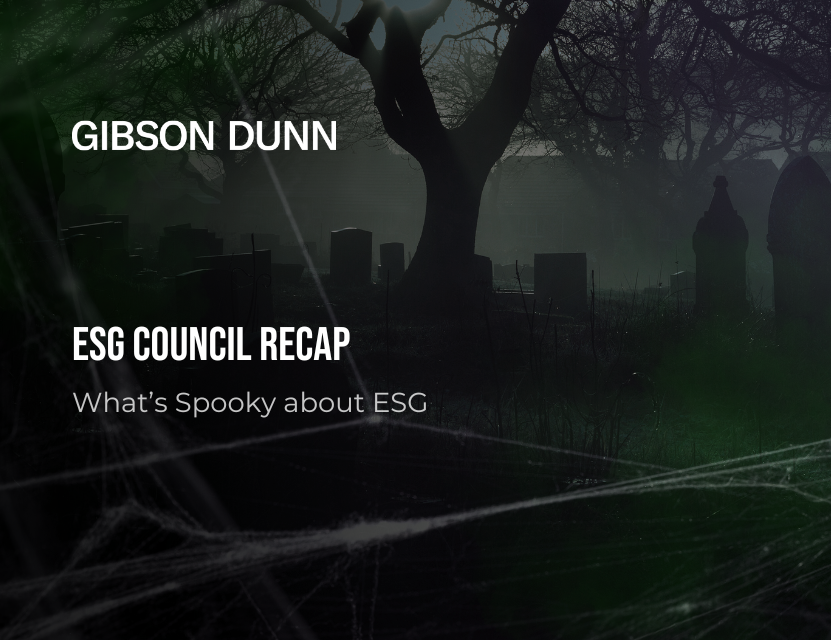In a recent ESG council meeting, a host of experts including Hillary Holmes from Gibson, Dunn & Crutcher LLP and Charlotte Payro and Rob Teigman from Houlihan Lokey, convened to discuss the evolution of ESG (Environmental, Social, and Governance) investing and strategies for companies to navigate this increasingly important landscape.
ESG Investments: The Progressive Journey
ESG investments have transformed remarkably from value-centric exclusionary methods to comprehensive ESG assimilation. This shift implies that contemporary investors contemplate both fiscal metrics and ESG factors in their investment decisions. This transition is accompanied by regulatory landscapes aligning with sustainable investing, offering more lucid guidelines on disclosures and labeling of sustainable investment products.
Sustainable Debt and Private Equity: The New Focus
Investors are progressively concentrating on long-term yields and sustainability in public equity and fixed-income markets. Sustainable financial instruments such as green bonds and sustainability-linked derivatives have witnessed significant expansion. In this context, private equity sponsors play an integral role in enhancing the sustainability profile of their investment companies.
ESG and the Energy Sector: The Path Forward
The dialogue also touched upon the hurdles of investors and organizations in collating and interpreting data, prioritizing disclosures, and managing data security and cybersecurity issues. It emphasized the vital role of executive remuneration linked to ESG parameters and public emissions objectives. Looking ahead, the discussion moved to the presumable influence of the in-progress carbon border adjustment mechanism at the EU and projected that decarbonization and deglobalization will dominate energy conversations in the subsequent five years.
Guidance to Traverse the ESG Terrain
For organizations and investors aiming to augment their ESG initiatives, several key action points were recommended:
- Undertake a materiality evaluation, particularly for businesses embarking on their ESG journey.
- Enhance data collation, reporting, and address gaps in ESG data and coverage.
- Devise financial tools for scenario planning, considering factors like carbon pricing.
- Collaborate with NGOs for support and accountability.
- Stay updated about regulatory changes like the Corporate Sustainability Reporting Disclosure Directive (CSRD) in the European Union.
- Utilize AI and machine learning for data processing and structuring unstructured ESG data.
- Anticipate potential impacts of the Carbon Border Adjustment Mechanism (CBAM).
The Birth of Sustainability Advisory Service
One of the key topics they discussed was the creation of a sustainability advisory service. This service is aimed at addressing the increasing demand for ESG risk management and providing actionable advice to underserved companies in the public market and private companies considering going public. A gap was identified in due diligence providers for financial sponsors, which is anticipated to lead to an increased demand for emissions estimates and climate change planning, especially in light of expected SEC rule changes.
If one thing is certain, the evolution of ESG Architecture promises to be a fascinating journey, one that will require more proactive engagement from all stakeholders for a sustainable future.
.jpg?width=1600&height=800&name=To%20build%20stronger%20and%20more%20equitable%20workplaces%2c%20employees%20at%20all%20levels%20need%20to%20be%20empowered%20to%20be%20part%20of%20the%20solution.%20Lean%20In%E2%80%99s%20employee%20training%20can%20help.%2050%20Ways%20to%20Fight%20Bias%20takes%20the%20gues%20(2).jpg)
.jpg)
.png)


